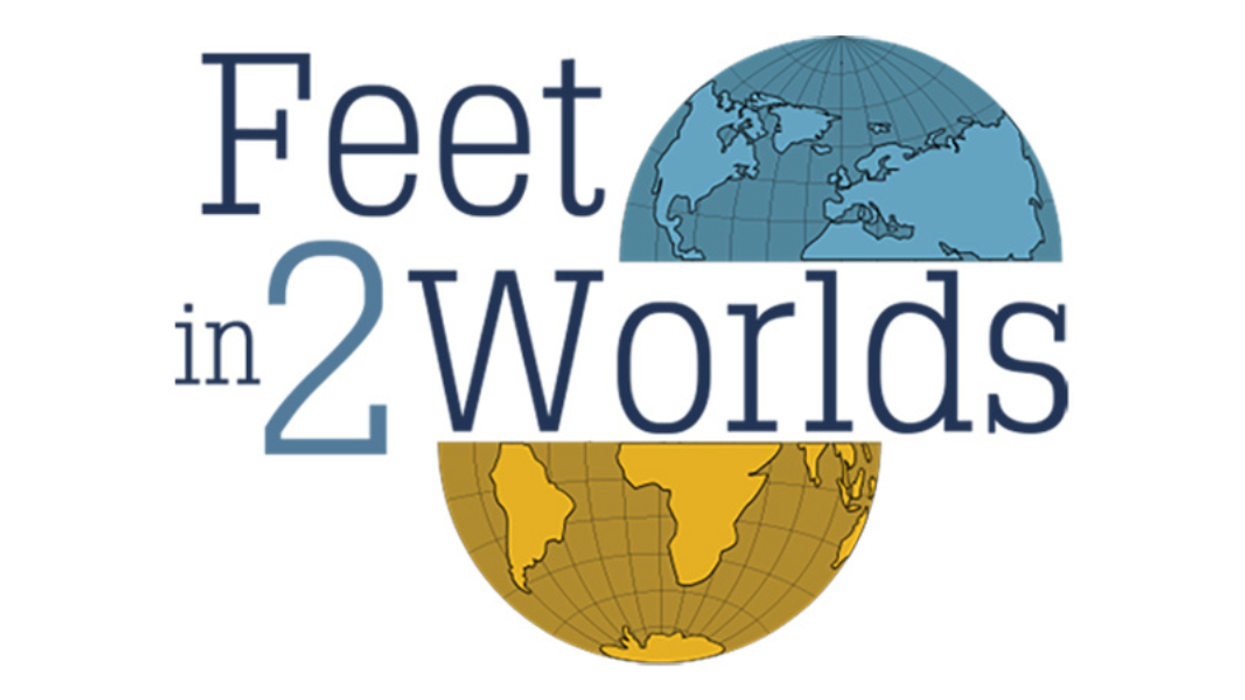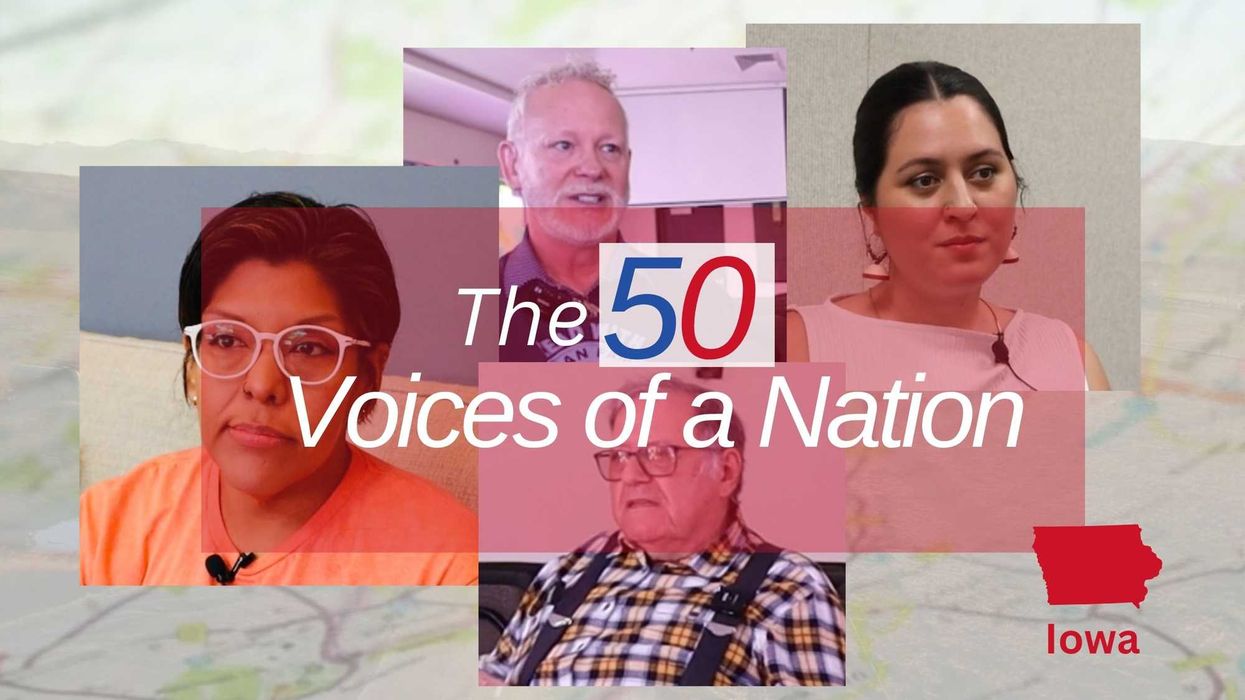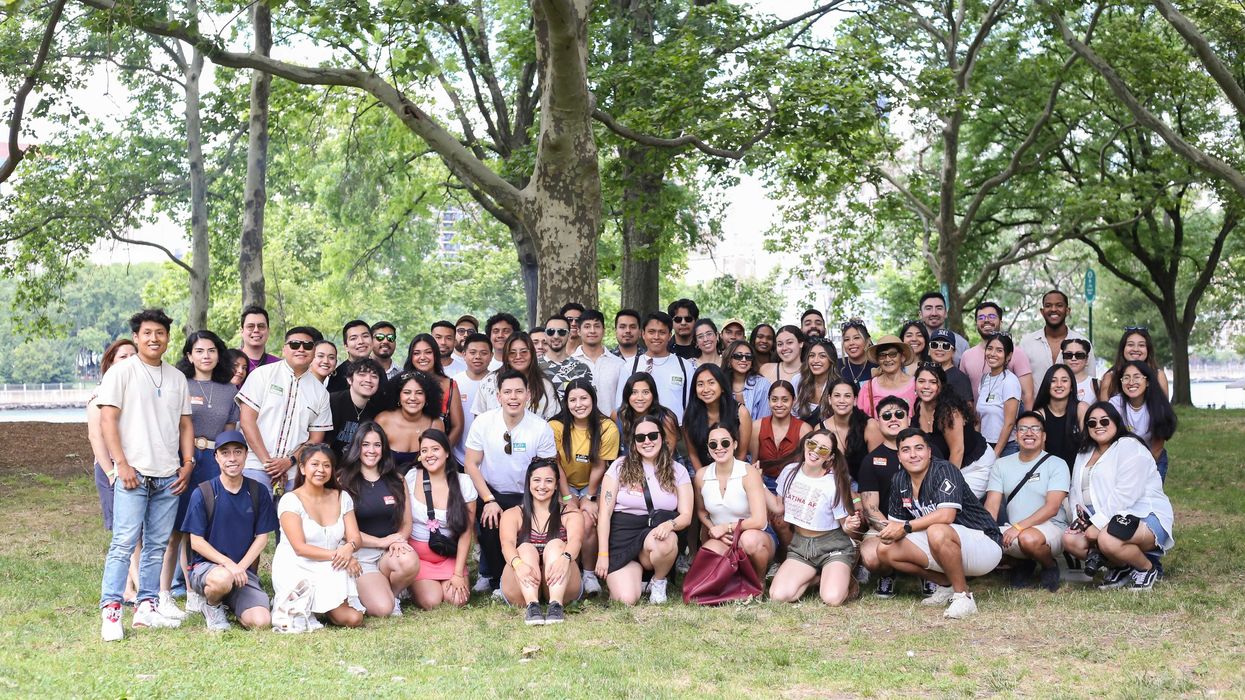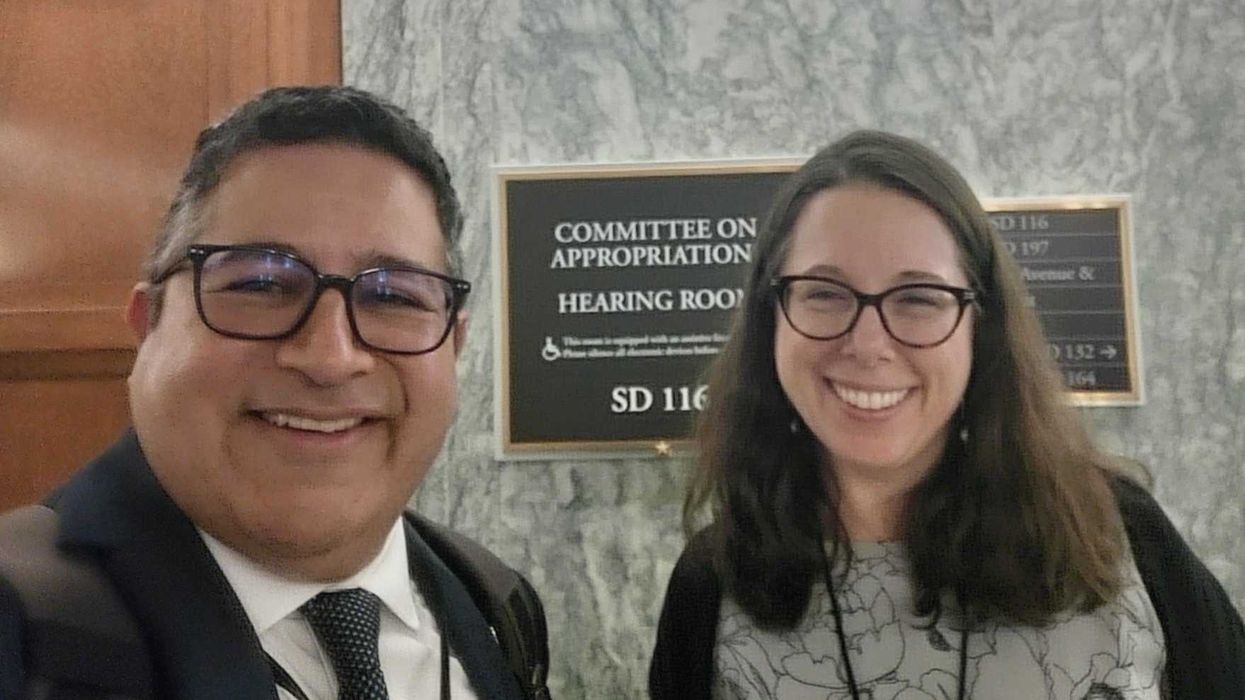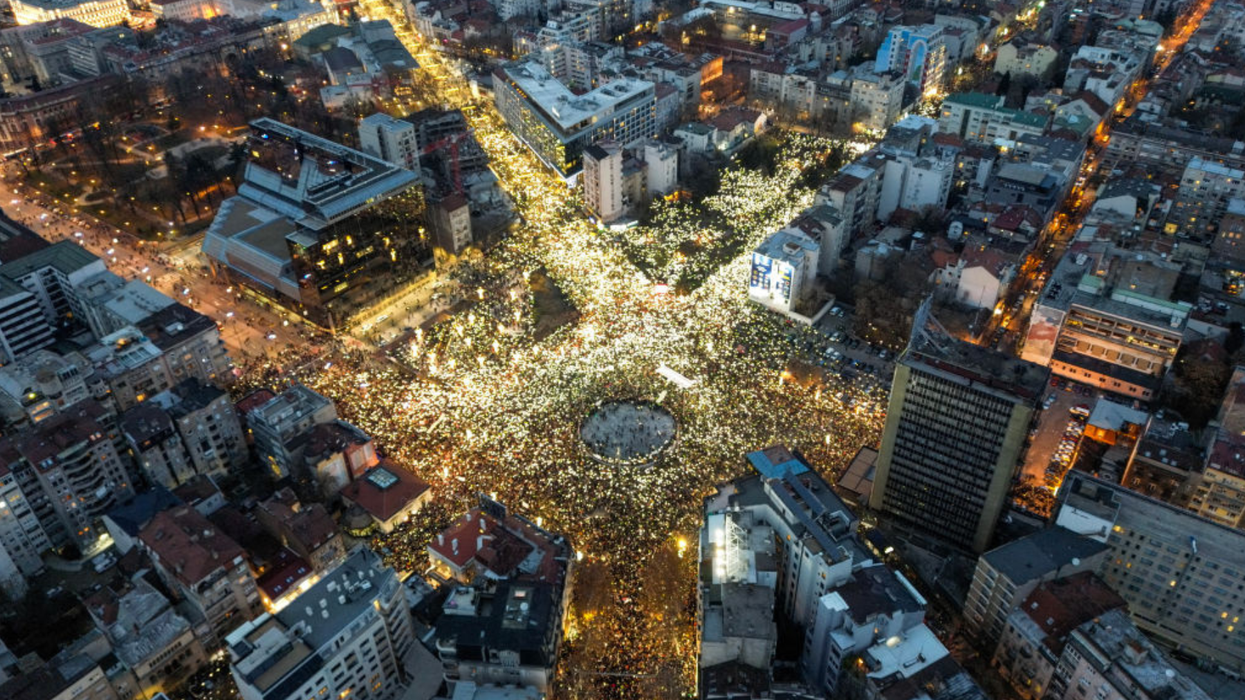This week, we bring you an episode from Feet in 2 Worlds and its series Immigrants in a Divided Country, which explores the current political landscape from the perspective of immigrants. In this personal audio essay, writer and audio producer Boen Wang goes looking for answers. He always thought his mom—an immigrant from Mainland China —was brainwashed by the Chinese Communist Party. His mom, on the other hand, thinks he’s been brainwashed by the New York Times and CNN. To break the deadlock Boen interviews his mom about the evolution of her political beliefs—which are on the opposite end of the spectrum from his.
Podcast: Immigrants in a Divided Country
